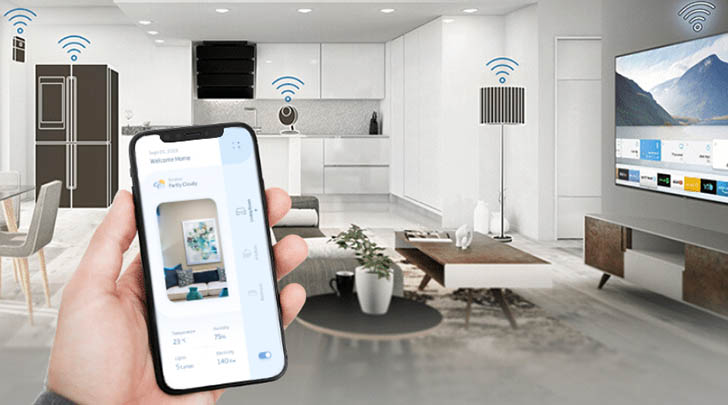
Best practices for smart home privacy in 2024
In todays interconnected world, smart homes are becoming increasingly popular. With the convenience of controlling everything from lighting to security systems remotely, it is essential to consider the best practices for smart home privacy. As these devices become more integrated into our daily lives, the importance of protecting our personal information cannot be understated.
The integration of smart technology into homes has changed the way we live. However, with this advancement comes the responsibility of ensuring our smart home privacy is not compromised. In this article, we will explore essential strategies to protect your smart home from potential threats.

Understanding Smart Home Technology
Before diving into privacy measures, it is crucial to understand what constitutes a smart home. Typically, a smart home is equipped with devices that can be controlled remotely via the internet. This includes thermostats, lights, cameras, and more, all working together to provide convenience and efficiency.
Potential Privacy Risks
While smart homes offer numerous benefits, they also present privacy risks. Data breaches, hacking, and unauthorized access to devices are some of the challenges homeowners face. Addressing these risks requires a proactive approach to security.
Secure Your Network
The first step in safeguarding your smart home is securing your network. Ensure your Wi-Fi network is protected with a strong, unique password. Additionally, consider using a separate network for your smart devices to minimize vulnerabilities.
Use Strong Passwords
Utilize complex passwords for all your devices and accounts. Avoid using easily guessable information, and consider using a password manager to keep track of your credentials.
Enable Two-Factor Authentication
Two-factor authentication (2FA) adds an extra layer of security by requiring a second form of verification. Many smart home devices offer 2FA, which can significantly enhance your privacy protection.
Regular Software Updates
Keeping your devices software up to date is critical for security. Manufacturers often release updates to patch vulnerabilities, so ensure you install them promptly.
Limit Data Sharing
Review the data sharing settings on your smart devices. Limit the amount of personal information shared with manufacturers and third parties. This step helps prevent unnecessary exposure of your data.
Invest in a Smart Home Hub
Using a smart home hub can centralize control and enhance security. These hubs often come with built-in security features that can help protect your devices from unauthorized access.
Secure Your Smart Cameras
Smart cameras are a common feature in many homes. To ensure their security, change default passwords, and regularly update the firmware. Position cameras carefully to avoid capturing sensitive areas unnecessarily.
Smart Locks and Security
Smart locks offer convenience, but they also require robust security measures. Regularly review access logs and use encryption to protect communication between your lock and smartphone. Check out our guide on smart locks for more information.
Utilize IFTTT for Automation
Consider using platforms like IFTTT to automate tasks while maintaining privacy. This tool can help streamline your smart home experience without compromising security.
Regular Security Audits
Conduct regular security audits of your smart home setup. This process involves reviewing device settings, checking for software updates, and ensuring all security measures are in place.
Educate Family Members
Ensure all family members are aware of the importance of smart home privacy. Educate them on potential risks and the steps they need to take to maintain security.
Integrating Surveillance Systems
Integrating surveillance systems can enhance your home’s security. For more insights, read our article on home surveillance.
Conclusion
As technology continues to evolve, so must our approach to privacy. By implementing these best practices for smart home privacy, you can enjoy the convenience of a smart home without compromising your personal information. Stay informed, stay secure, and enjoy the future of home living.

FAQs
How do I secure my smart home devices?
Start by using strong passwords, enabling two-factor authentication, and regularly updating software. Consider using a smart home hub for centralized security.
What are the risks of smart home technology?
Potential risks include data breaches, hacking, and unauthorized access. It is crucial to implement robust security measures to mitigate these risks.
How can I limit data sharing in my smart home?
Review your device settings to limit data sharing with manufacturers and third parties. Opt for devices that offer privacy-focused features.
This article contains affiliate links. We may earn a commission at no extra cost to you.